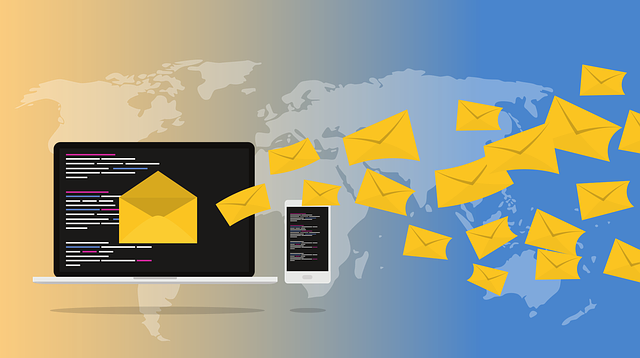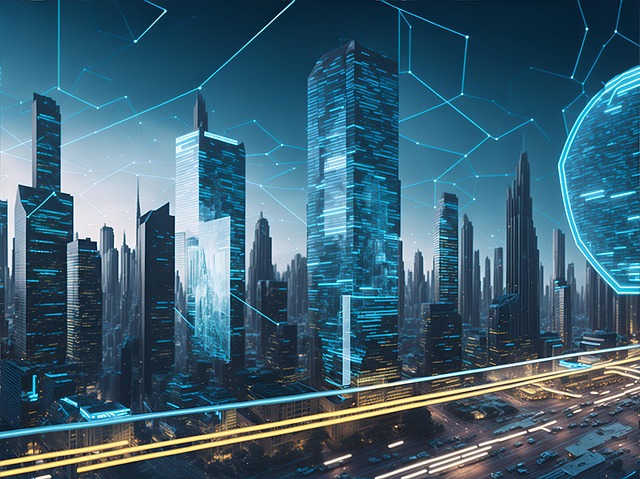AI seafood freshness monitoring systems are transforming the industry by enhancing transparency and sustainability. These systems use data analytics to predict spoilage, optimize inventory, and track seafood origins. Real-time insights from sensors and satellite imagery enable informed decisions on sustainable sourcing, minimizing waste, and promoting ethical fishing practices, contributing to a healthier marine ecosystem.
In the pursuit of sustainable culinary practices, Artificial Intelligence (AI) is transforming the seafood industry by revolutionizing supply chain transparency. This article explores how AI and data analytics are driving innovation in seafood sourcing and freshness monitoring systems. We delve into real-time tracking technologies that ensure product quality at sea, and their role in promoting sustainable fishing methods. By harnessing AI’s potential, the seafood sector is taking a significant step towards environmental stewardship and consumer trust.
- AI: Revolutionizing Seafood Supply Chain Transparency
- Real-Time Monitoring: Ensuring Freshness at Sea
- Data-Driven Sourcing: Sustainable Fishing Practices
AI: Revolutionizing Seafood Supply Chain Transparency

Artificial intelligence (AI) is transforming the way we approach seafood supply chain transparency, offering unprecedented insights into every step of the process from sourcing to delivery. By leveraging machine learning algorithms and data analytics, AI seafood freshness monitoring systems can predict spoilage rates with remarkable accuracy, enabling restaurants to order precisely the right amounts of high-quality seafood. This not only minimizes waste but also ensures consistent menu offerings for customers.
Moreover, AI enhances transparency by providing detailed information on the origin and journey of seafood products. Through data-driven insights, restaurant owners can make informed decisions about sustainable sourcing practices, fostering a commitment to ethical fishing methods and preserving marine ecosystems. The integration of AI into seafood supply chains is a game-changer, setting new standards for industry transparency and sustainability.
Real-Time Monitoring: Ensuring Freshness at Sea

AI seafood freshness monitoring systems revolutionize sustainable sourcing practices by offering real-time data on catch quality and conditions at sea. These advanced technologies utilize sensors and machine learning algorithms to track vital signs like temperature, oxygen levels, and water quality during fishing operations. By providing continuous insights, they enable fishermen and restaurants to make informed decisions that guarantee the highest standards of freshness.
This proactive approach ensures that seafood arrives at the restaurant in optimal condition, minimizing waste and maximizing the culinary experience. Real-time monitoring also promotes ethical sourcing by reducing the environmental impact associated with frequent, unnecessary trips, contributing to a more sustainable future for both marine ecosystems and the global seafood industry.
Data-Driven Sourcing: Sustainable Fishing Practices

In the realm of AI seafood restaurant sustainable sourcing analytics, data-driven approaches are revolutionizing fishing practices. AI seafood freshness monitoring systems play a crucial role in ensuring that what comes on the menu is not just edible but also ethically sourced and environmentally friendly. By analyzing vast datasets from various sources like satellite imagery, sensor data, and historical records, these systems can predict optimal harvest times, identify sustainable fishing grounds, and monitor marine ecosystems in real-time.
This technology helps restaurateurs make informed decisions about their seafood sourcing, promoting practices that preserve marine biodiversity. AI algorithms can detect early signs of overfishing or illegal activities, enabling swift action to protect vulnerable species. As a result, consumers can trust that their favorite dishes are not only delicious but also contribute to the long-term health and sustainability of our oceans.
AI is transforming the seafood industry by enhancing transparency, freshness, and sustainability. Real-time monitoring systems powered by AI ensure fish are sourced, caught, and delivered with optimal quality. By analyzing vast data, these innovative technologies promote sustainable fishing practices, preserving marine ecosystems for future generations. Embracing AI in seafood supply chains offers a promising path towards a greener, more responsible industry.
